
February, 2024
Contributed by: Sarah Arizaga
The currency situation in Cuba leaves even veteran travelers mystified. Prior to the pandemic, we had to navigate a dual currency system with two types of pesos, Cuban Convertible Pesos (CUC) and Cuban Pesos (CUP). Bizarrely, by unifying the currencies, Cuba’s economy has gotten even more confusing! Don’t worry, we’ve got your back. Here are five easy tips for handling money in Cuba.
1. Bring Enough Cash
The biggest mistake you can make in Cuba is to not bring enough cash. Cuba is a cash society, so most places don’t take card payment. If you’re expecting to pull money out from ATMs, not only are you going to get an unfavorable exchange rate, but sometimes the ATMs don’t work. They could be out of money, or the power could be out, or your bank could not allow its card to be used in Cuba, even foreign cards not from US banks can have this problem if they are affiliated with a US bank.
If you’re intimidated by carrying so much cash on you, just take what you need for the day and leave the rest locked in your room. You can carry your daily cash in a money belt.
A rule of thumb is to bring US$100/day. Although this may be way more than you will spend, it’s better to be safe than sorry. If you are on a tour and have a lot included, or if you are not a shopper, US$50/day could be enough for meals, tips, and souvenirs. If you want to buy art or fashion, make sure to account for that in your budget, you may need to add an extra few hundred.
Pro Tip:
EUR or USD are the most desirable currencies in Cuba. CAD is easy to use only in resort towns like Varadero. If you have MXN or other officially accepted currencies, finding businesses that accept them may be difficult, so you are limited to exchanging them for CUP. Many UK travellers report that they wished they had changed to EUR or USD before coming to Cuba.
2. You Don’t Need to Exchange to Local Currency
If you bring EUR or USD to Cuba, you can decide whether you want to pay for everything in those currencies, or exchange to the local currency CUP. While paying in CUP could make your trip cheaper, it can be overwhelming and inconvenient, and not worth the price.
The currently insane levels of inflation mean that you will likely end up carrying around a large stack of bills so thick your wallet won’t close. Many travellers find it to be intimidating, and don’t like the amount of counting involved in paying a restaurant bill. You also have to spend it all so you aren’t left with CUP to exchange back. For these reasons, some travelers choose to pay for everything in EUR or USD.

Most of the time when you pay in foreign currency, you’ll receive change in CUP. This is handy for making small purchases, and tipping bathroom attendants, musicians, etc.
3. Know the Value of a Dollar
Cuba has two sets of exchange rates: official and informal (aka black market). Understanding these rates is essential, as there's a significant difference.
For example, at the time of this writing, the value of the CUP has hit an all-time low.
For each Euro, you’ll get 126 CUP at the official rate and 300 CUP at the black-market rate.
For each US dollar, you’ll get 110 CUP at the official rate and 295 CUP at the black-market rate.
Official rates are set by the government, and you can find them on the CADECA website. For informal rates, check out the daily rate at El Toque or ask your casa staff or guide. But remember, supply and demand dictate rates, so the rate that you are offered may be less than the rate listed on El Toque.
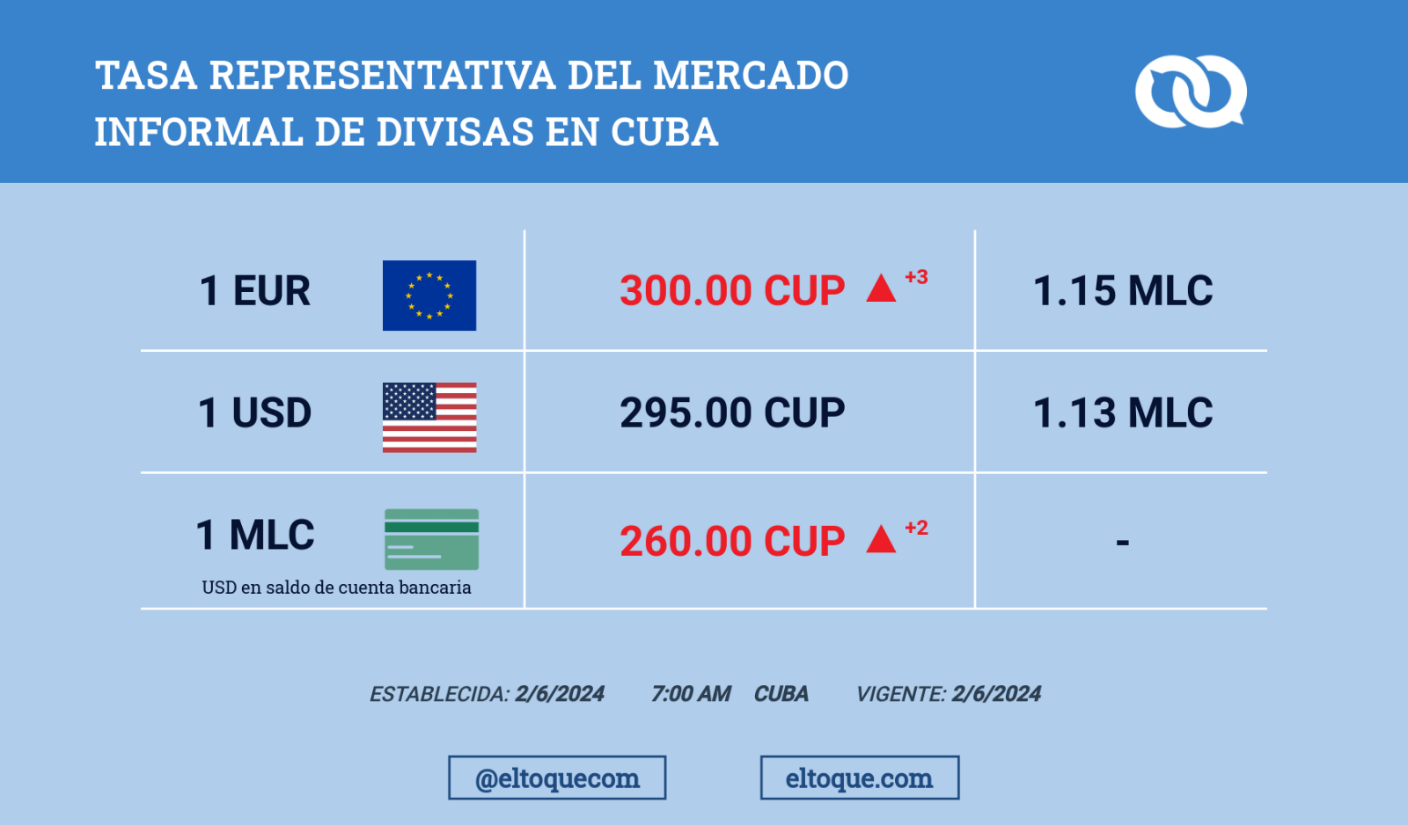
Just to add to the confusion, privately owned businesses set their own exchange rates, which can be as low as the official rate of 120CUP, but usually won’t be as high as the rate reported on El Toque. Ask in advance. Since businesses often provide change in CUP when you pay in foreign currency, your change will be at the rate that they offer.
Here is an example of the varying currency rates in practice:
Let’s say that you order the 1400CUP fish entrée at the popular Havana restaurant El del Frente. You are paying in USD.
Worst Case Scenario: The restaurant offers the government official rate of 120CUP: 1USD, so the entrée costs US$11.67
Best Case Scenario: The restaurant offers the informal (street) rate of 295 CUP, so the entrée costs US$4.75
Most Likely Scenario: The restaurant offers a mid-range rate of 220 CUP, so the entrée costs US$6.36
You can see the cost of the convenience of paying in USD. In the worst case scenario the prices are probably more like what you are paying back home, but in the most likely scenario you are paying a reasonable price, and only a couple dollars more than if you had paid with CUP and dealt with the hassle that entails.
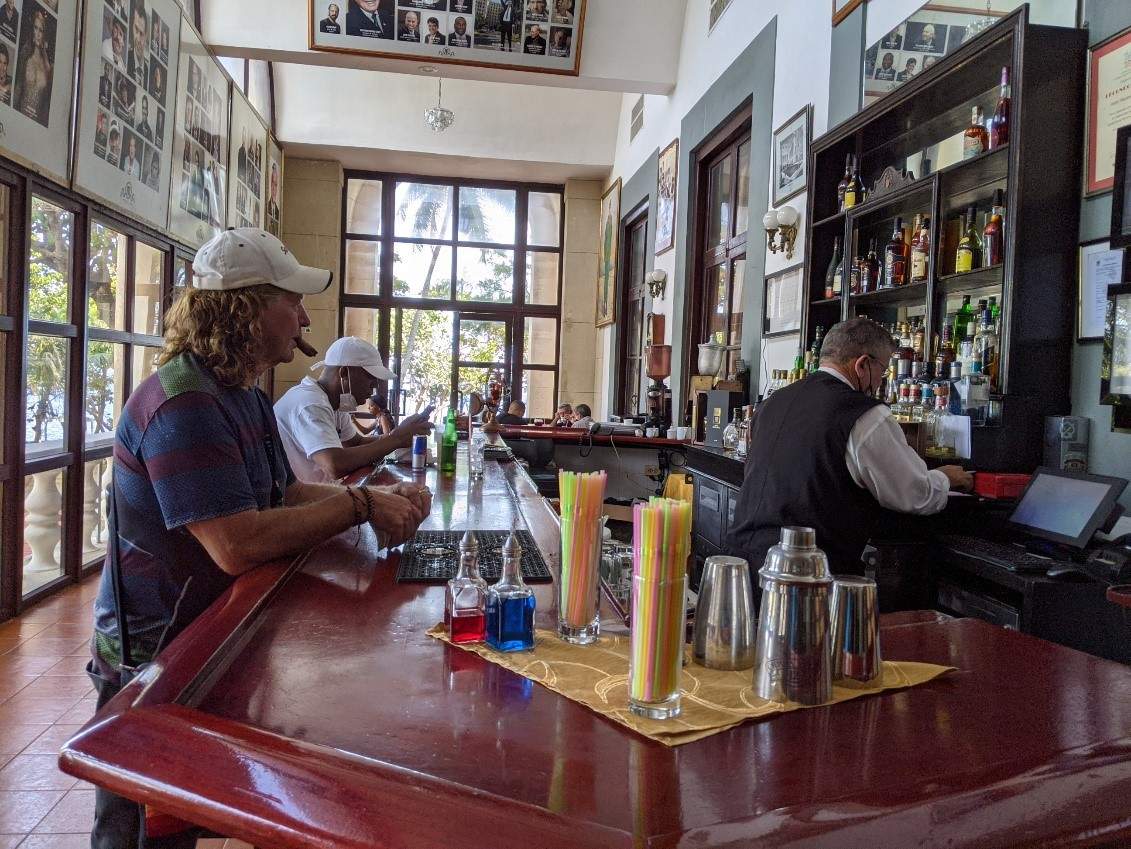
4. Buy CUP from Trusted Sources
The second biggest mistake people make when it comes to money in Cuba is exchanging at the government official rate. At today’s rate, you’re losing almost 60% of the value of your money right off the bat.
If you prefer to pay in local currency rather than EUR or USD, you need to exchange your money on the black market. It's a common and mainly harmless practice, but technically not legal, so it’s best to be discreet about it.
When you’re on a multi-night tour with us, just wait for your guide to advise you on how to exchange. If you’re traveling independently, ask your casa particular, professional guide, restaurant staff or trusted local contact.
Avoid street solicitations, these are mostly people trying to rip you off.
Remember, the rate you get is based on what you are offered and are willing to accept, not posted rates.
Pro Tip: Organize your CUP into bundles of 1,000, it will make it easier to pay. You can wrap one bill around the bundle to keep them separated.
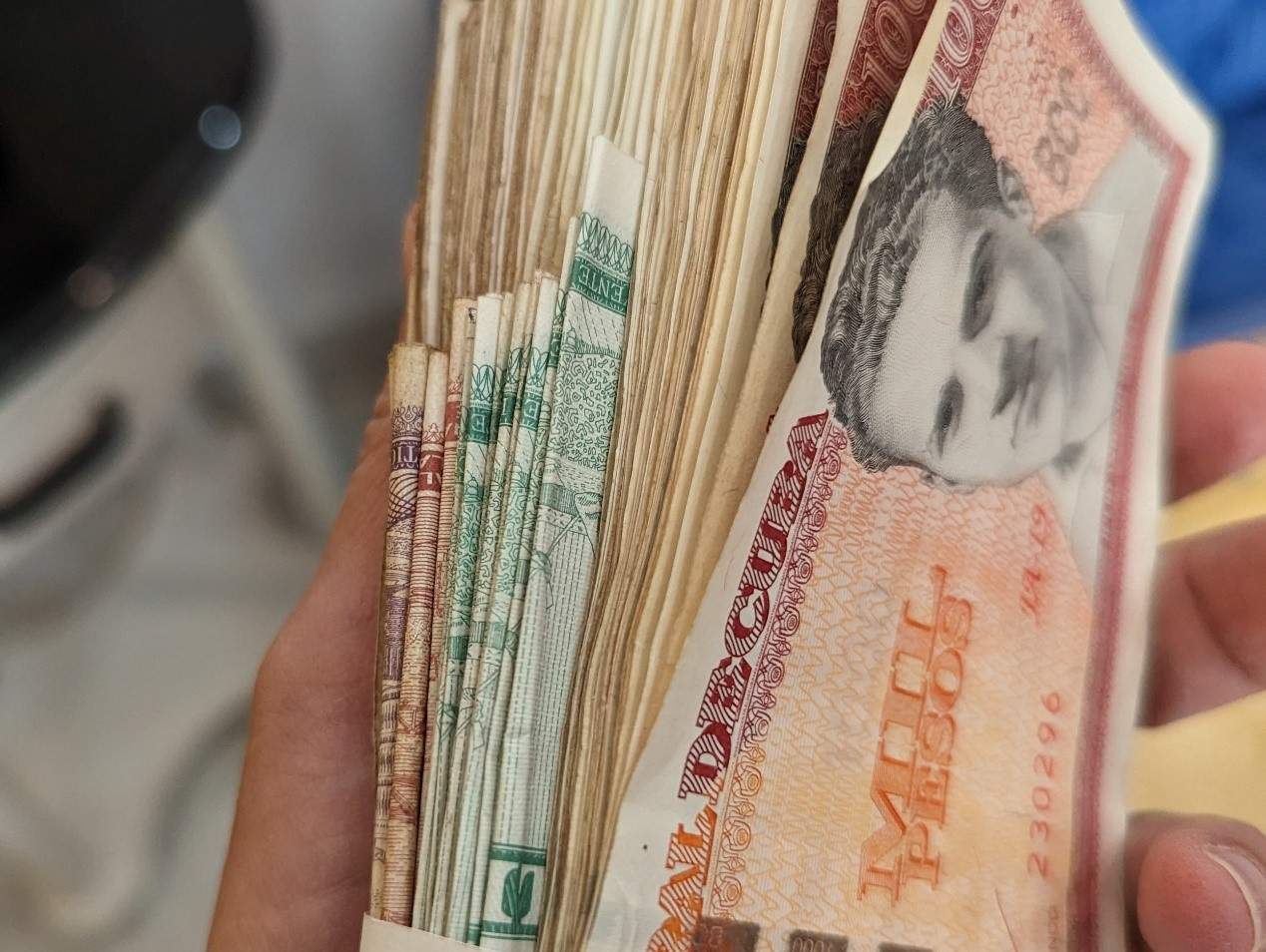
5. Bring a Debit or Credit Card Too
State-owned businesses, like medical facilities, grocery stores, hotels, cigar stores, and tour offices tend to be cashless. Making purchases at these places is usually avoidable, but if you bring your plastic, you’ll at least have the option.
Credit cards affiliated with US banks rarely work, only when the transactions are processed in a third country like Spain or Canada.
You can buy a MLC pre-paid debit card (see glossary below) at any CADECA exchange house if you don’t have a credit/debit card that will work in Cuba. Pre-paid debit cards come in denominations of US$50-$1000 and can be purchased with any acceptable currency except USD. There is a US$5 charge for these cards; they are non-refundable, but you have two years to use them. Most travellers never have the need to purchase one of these cards, it’s best to just avoid government businesses. If you need to make a card purchase at a plastic only establishment, sometimes some sweet talking will help them find a way to help you, or offer a local some cash (with a tip!) to help you out.
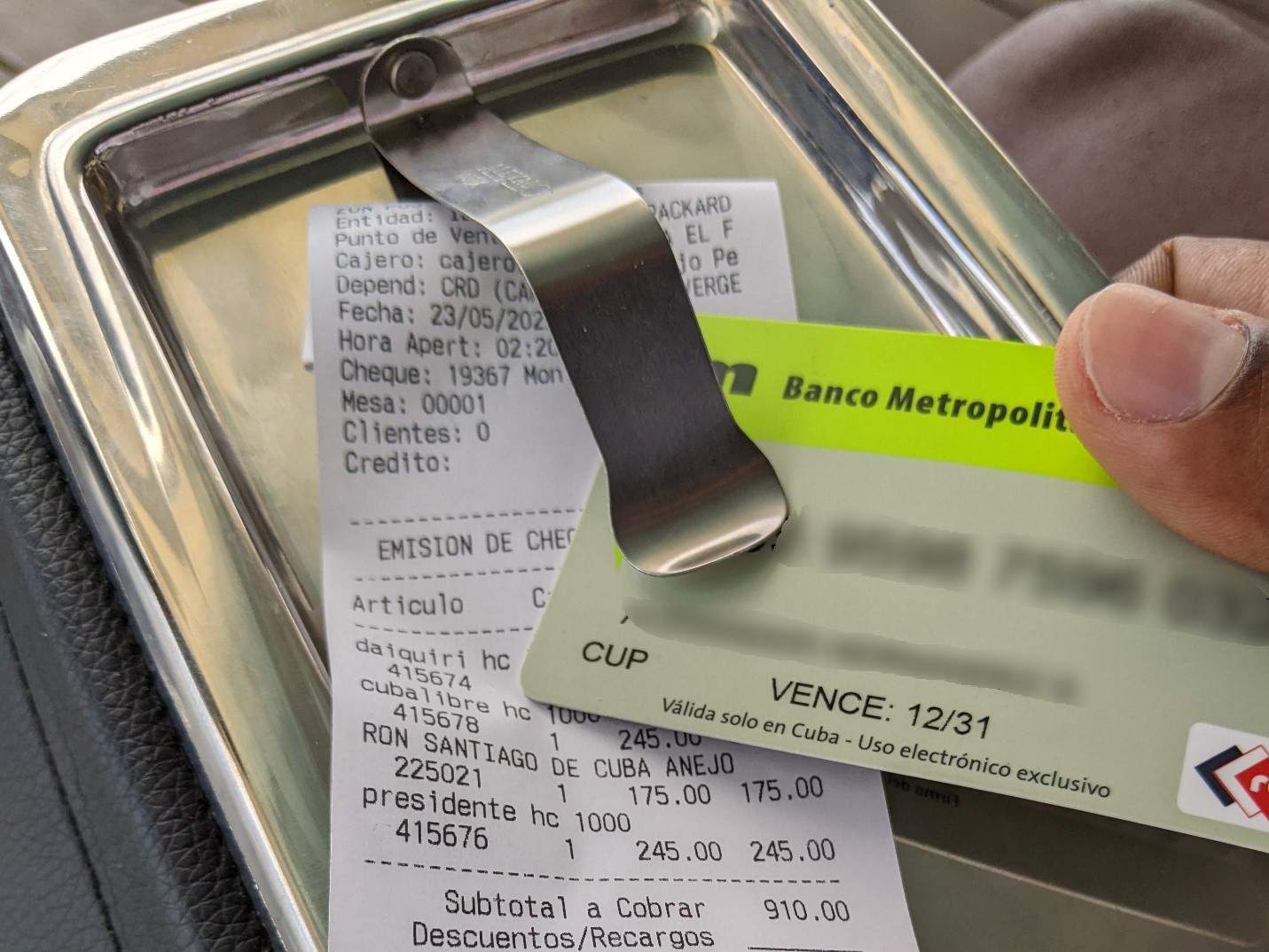
With these five tips, you’ll avoid many money blunders in Cuba and be able to choose a money strategy right for you. However, Cuba’s money situation is always changing, and it helps to have a local guide to advise you on the current situation. Visit our money & currency page for more information and latest updates
Glossary of Cuban Money Terms
CUP- Cuban Peso, the only official currency in Cuba. CUP has no value outside of Cuba, which is why it’s not considered a “hard currency”.
CUC- Cuban Convertible Peso. Cuba’s former second currency, but as of 2021 the CUC was taken out of circulation.
MLC- Moneda Libremente Convertible (Freely Convertible Money) aka “hard currency”. It usually means EUR & USD for tourists, but it could also be any other exchangeable currency. If you see an exchange rate for MLC, it trades like its own currency for locals via electronic transfers.
MLC Card- Any credit/debit card linked to an account backed by hard currency (e.g. EUR, USD, GBP, CAD, etc.). All foreign cards are considered MLC cards.
CADECA- Exchange houses throughout Cuba, government-operated.
Official Rate- The exchange rate offered in CADECAs, ATMs, Banks, Hotels, and state-run entities. This rate is static and set by the government, not the market.
Informal Rate- The exchange rate you get when you trade with individuals or private businesses instead of state institutions. Also known as the black market or the street rate. Supply and demand set this rate, and it fluctuates daily.

Frequently Asked Questions
Should I Pay in Local Currency?
That’s up to you. Are you prepared to deal with finding someone to exchange with, and manage potentially very large stacks of money? Do you like counting? If not, just pay with the EUR or USD that you bring. For travellers who aren’t looking for the “best deal” and prefer a vacation as easy as possible, that’s what we recommend.
Can I get CUP before I go to Cuba?
No, CUP can only be purchased in Cuba.
Can I use my Credit/Debit Cards?
If your bank is not associated with a US bank, it should work but there are many reasons why it may not. Most vendors (except at state-run establishments) don’t take card payment, and there are many reasons ATMs don’t work. Bring enough cash so you don’t need to rely on cards for anything.
Do all Casas Particulares Exchange Money?
No, many of them don’t and those that do sometimes offer a rate much lower than the El Toque rate. It’s up to you whether you want to accept it or not.
I Was Offered a Rate Lower than El Toque, Am I Being Ripped Off?
The informal rate is based on supply and demand, the El Toque rate is just reporting a compilation of buy and sell offers that they have seen. Unless the difference is huge, the person offering you the rate probably doesn’t have bad intentions, they are offering the rate that they are willing to pay to buy your foreign currency, if it isn’t the rate you’re looking for, just decline the offer.

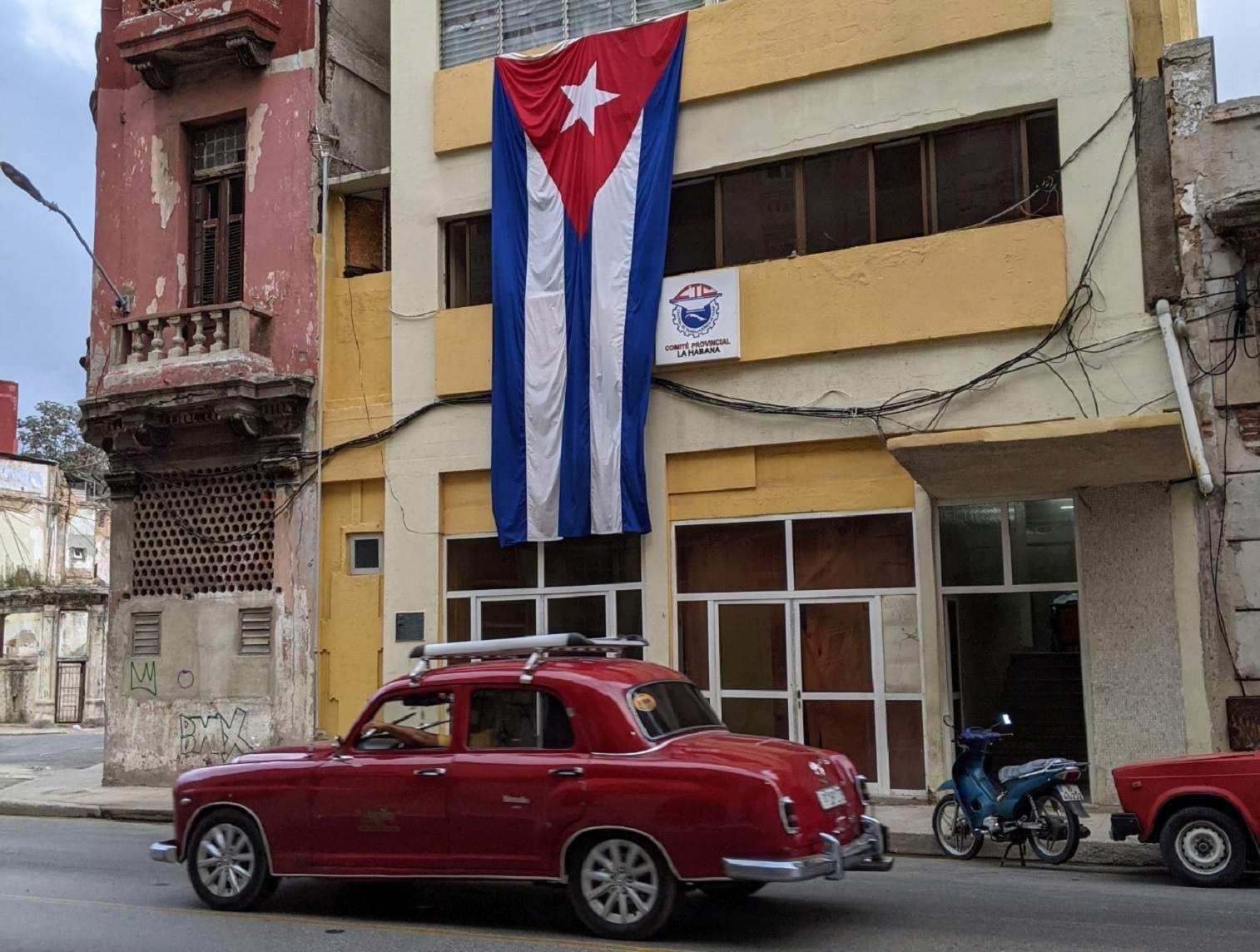
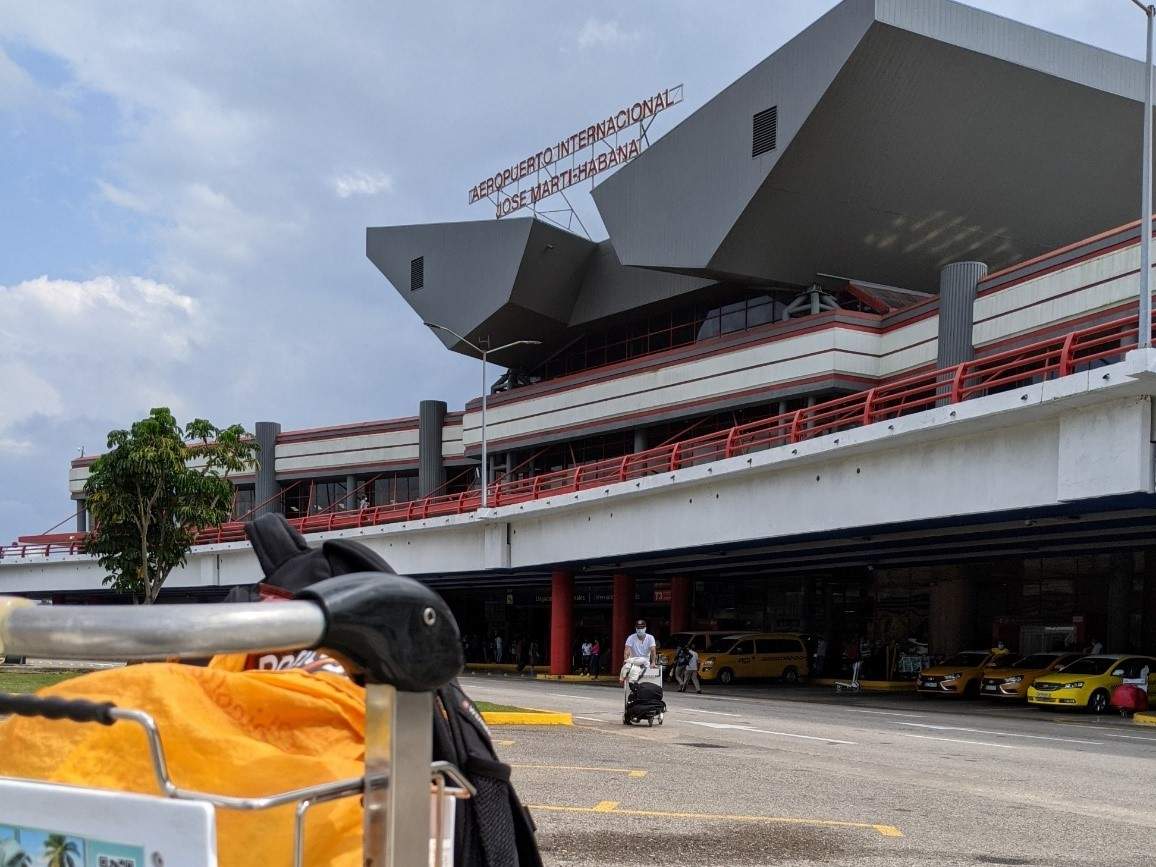

Comments
Be the first to comment!